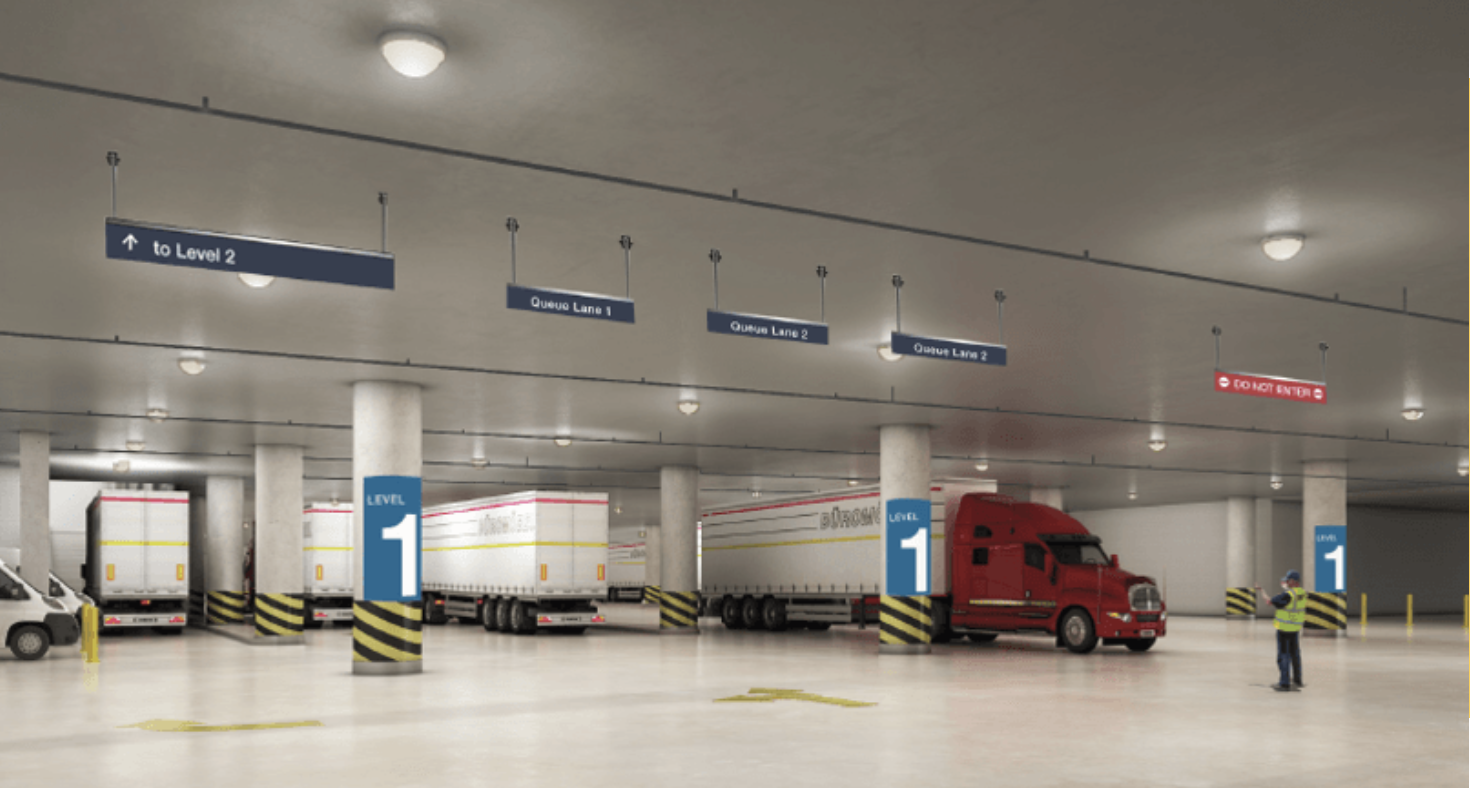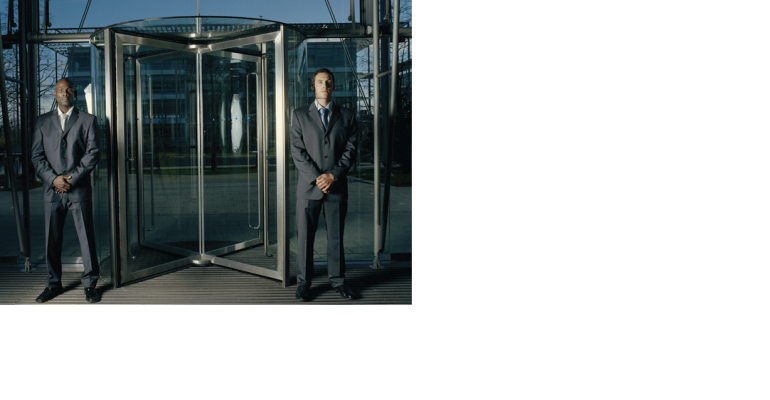As meetings, conventions, and trade shows return to strength this year, the possibility of event disruptions from outsiders with a political or economic agenda—or a personal grievance—increases. Because of this, “we cannot take our focus off of physical security” for event venues and participants, says William Flynn, a former official in the Department of Homeland Security’s Infrastructure Protection department. “The threats might be greater now than before the pandemic.”
During a webinar titled “Exhibition & Venue Security: Protecting Mass Gatherings,” Flynn and other experts detailed the shifting event threats that come from economic and social unrest. The online session, hosted by the Exhibit Service Contractors Association and the International Association for Venue Management, outlined the new motivations and methods of potentially violent actors along with the ways planners can work with venue management and local authorities to protect lives and property.
Flynn says that with so much happening across society since the Covid pandemic happened, event organizers cannot simply refer back to the security manuals from their pre-Covid in-person events. First, the possibility of a lone individual committing a violent or disruptive act seems to have risen because of controversial laws in various states as well as economic upheaval and layoffs—and conventions and trade shows can be a convenient target for retaliation or publicity for a cause. Further, the recent spate of mass shootings across the country could further motivate a potential actor.
“Unfortunately, lone actors pose tough detection and disruption challenges,” Flynn says. “Event staff and venue staff must be trained in identifying people who exhibit unusual behavior and in using de-escalation techniques with a potentially disruptive or even violent person. Also, everyone on the team must know the protocol for alerting others and responding to alerts if anyone sees something suspicious.”
 Mark Herrera, director of education and life safety for IAVM, adds that the possibilities for disruptive political and social protests in a host destination require preemptive action. Swarms of protestors moving quickly into a space pose the most obvious challenge, but “managing vehicle-access areas [pictured here] and worker-access protocols are more critical now,” Herrera noted. “With so many vendors working an event, there is the potential for unauthorized people to try to slip into the venue.” Pre-event intelligence related to possible coordinated threats specific to the meeting group or to the destination should be shared between the event host, venue management, and local police.
Mark Herrera, director of education and life safety for IAVM, adds that the possibilities for disruptive political and social protests in a host destination require preemptive action. Swarms of protestors moving quickly into a space pose the most obvious challenge, but “managing vehicle-access areas [pictured here] and worker-access protocols are more critical now,” Herrera noted. “With so many vendors working an event, there is the potential for unauthorized people to try to slip into the venue.” Pre-event intelligence related to possible coordinated threats specific to the meeting group or to the destination should be shared between the event host, venue management, and local police.
Lastly, event planners should ensure that the entry lines into an event space are kept to a minimum so that outsiders do not have access to large numbers of participants, Herrera advises. Also recommended: having vehicle barriers placed outside of any venue doors that open to the street.
To understand how meeting and event venues approach safety and security, check out IAVM’s Public Assembly Facilities Recovery Guide.
And for a comprehensive overview of security-risk management for events, check out this MeetingsNet guide.





